Learning About Patterns Through Inquiry
Hey, y'all! I am so excited about our next big unit! This spring, we are going to be exploring patterns in nature, math, and literature through an inquiry-based learning lens! I've been teaching through inquiry for several years now, and it is hands-down my favorite way to get kids thinking critically, making connections, and self-directing their learning.
A couple weeks ago, I was talking with a co-worker about our next big (think 6+ weeks) unit. It's hard with little learners to focus on one topic for a long period of time. But when you're working with an overarching concept, like patterns, the multi-disciplinary unit can go on and on! Springtime is all about patterns with life cycles, weather, patterns in the sky, poetry month, rhythm and rhyme, shapes and symmetry, numerical math patterns, and so much more.
This next unit covers all of it. We'll be exploring patterns in math by looking at numbers (doubles, skip counting, etc.), shapes, symmetry, tessellations, arrays and repeated addition, and more.
In science, we'll be exploring patters like day and night, moon phases, seasons, weather, animal color patterns, tides and waves, temperatures, how animals move (walking, slithers, breathing), and anything else the kids recognize and get excited about!
In reading, we'll be integrating this into poetry month (it happens in April) and looking at rhythm and rhyme, word families, alliteration, and author's moves like repetition. Poetry is a FANTASTIC place to look for patterns. And with all the rhyming books out there, there are plenty of opportunities to expand on this.
In social studies, we'll start with some simple looks into our daily schedule and the daily routines we do everyday. We'll also look into other patterns of behavior like cause and effect, traditions and customs, and more.
The kids will be exploring patterns and symmetry they find in nature (animal prints, life cycles, day/night, seasons), plus creating some of their own with pattern blocks, found objects, and simple tessellations.
Some of this exploration may also be done on white boards as we discover number patterns of doubles, skip counting, arrays and repeated addition, Fibonacci sequence, and others. The more explorations we do, the more connections students make and the more likely they are to discover additional patterns in numbers.
There are so many different ways patterns are represented in nature and through words, numbers, and human behavior that you could do this unit with your class every year for ten years and it wouldn't look the same twice. Kids are drawn to patterns and once they begin to see them, they see them everywhere and in everything.
Make your planning for the spring easy and tie everything together nicely with simple but incredibly deep patterns unit. You can find it in my TPT store here. While you're there, be sure to follow me on TPT so you don't miss anything new!
I hope you found some fresh ideas you can use for your classroom. Thanks for stoping by and I hope you have a wonderful week.
Stay cozy,

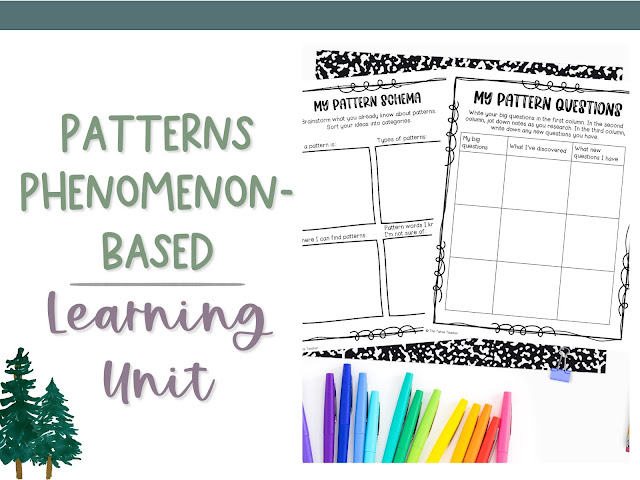
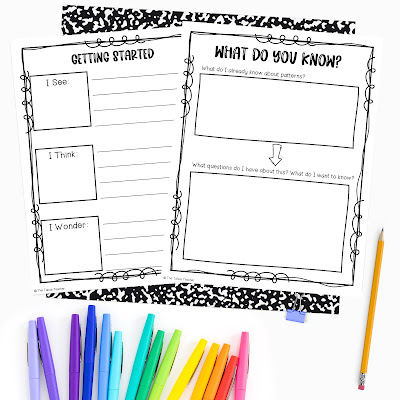
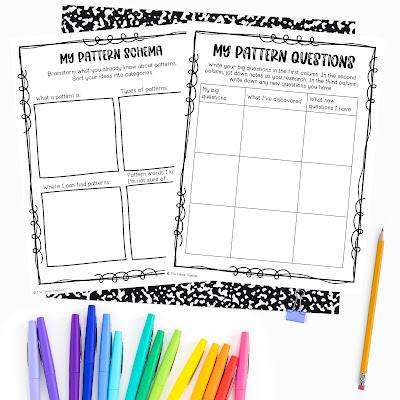
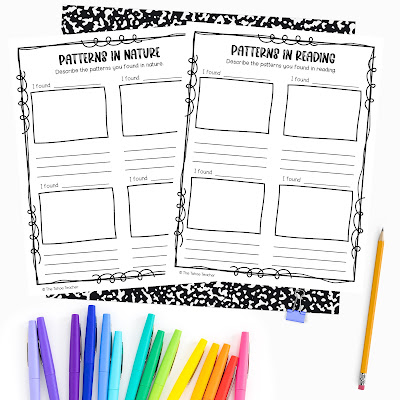
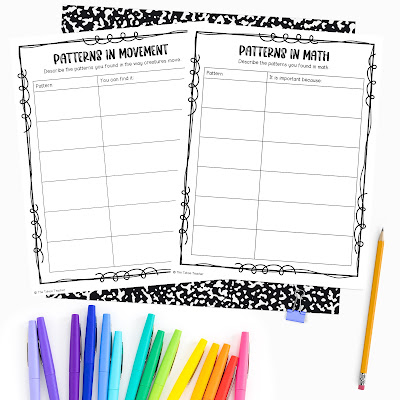
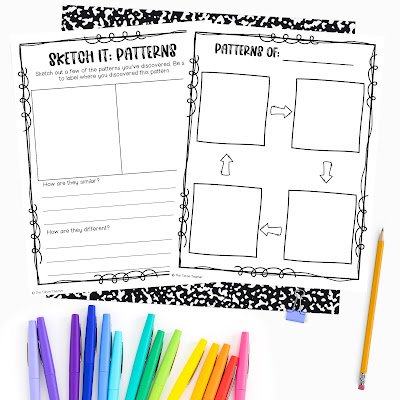


No comments
Post a Comment